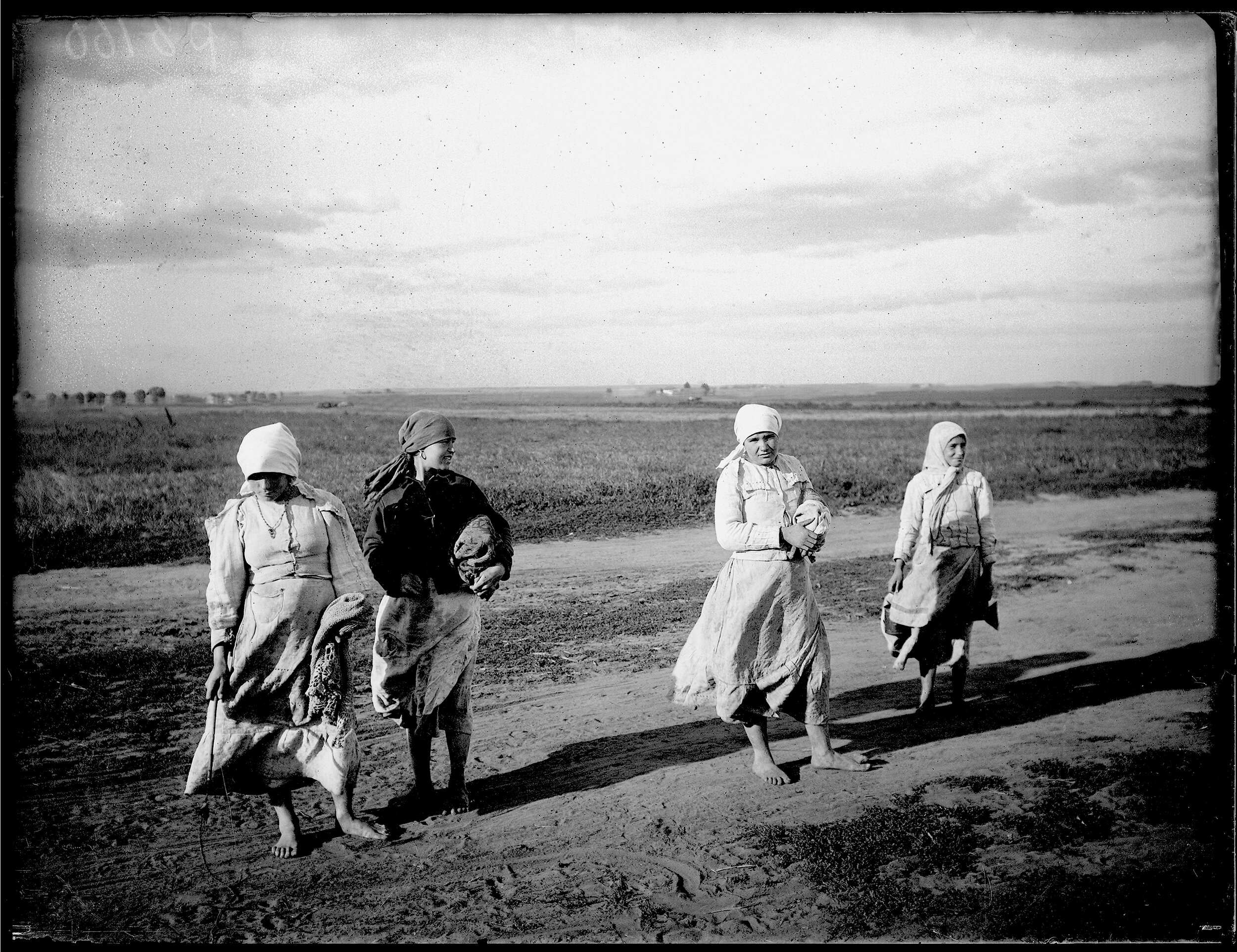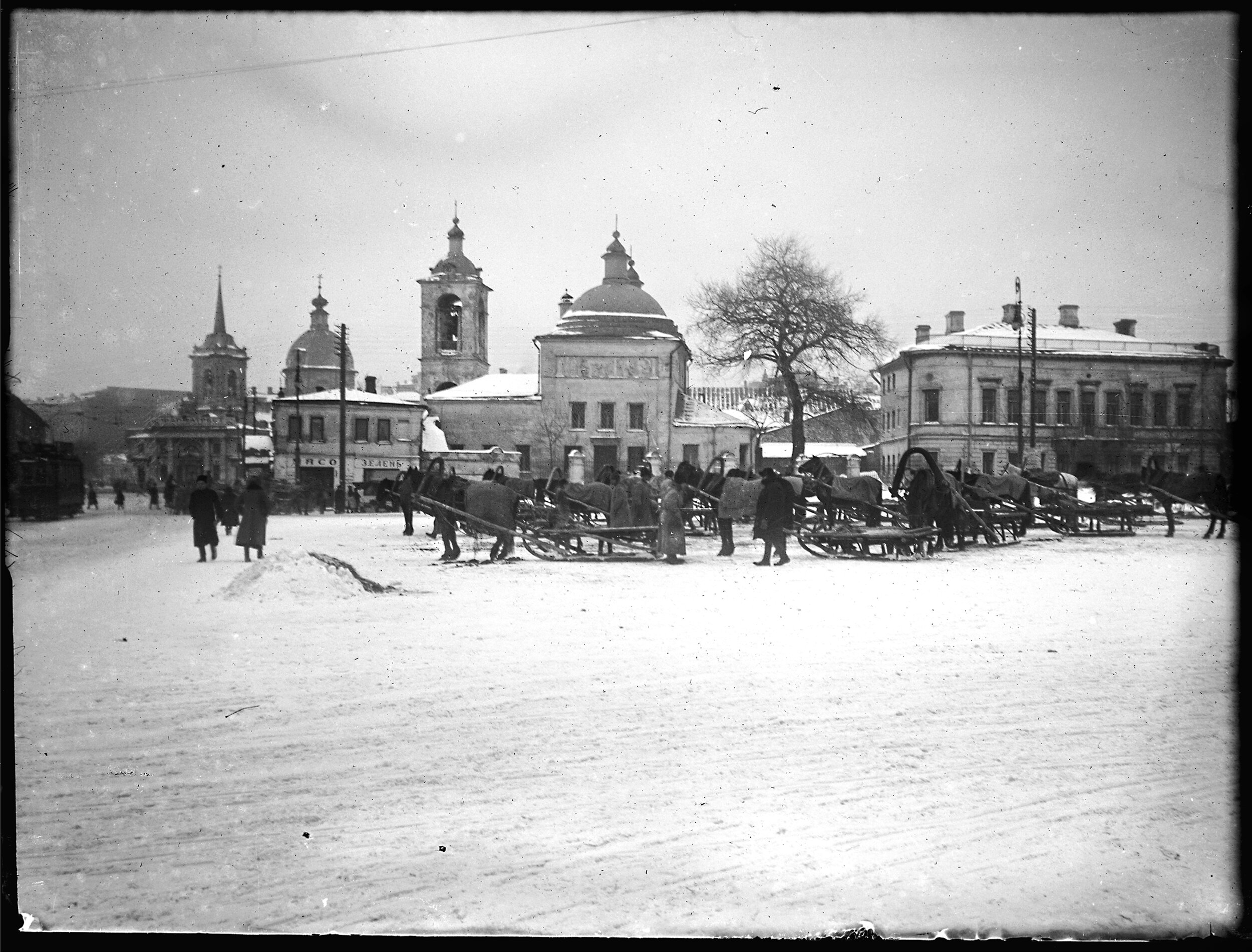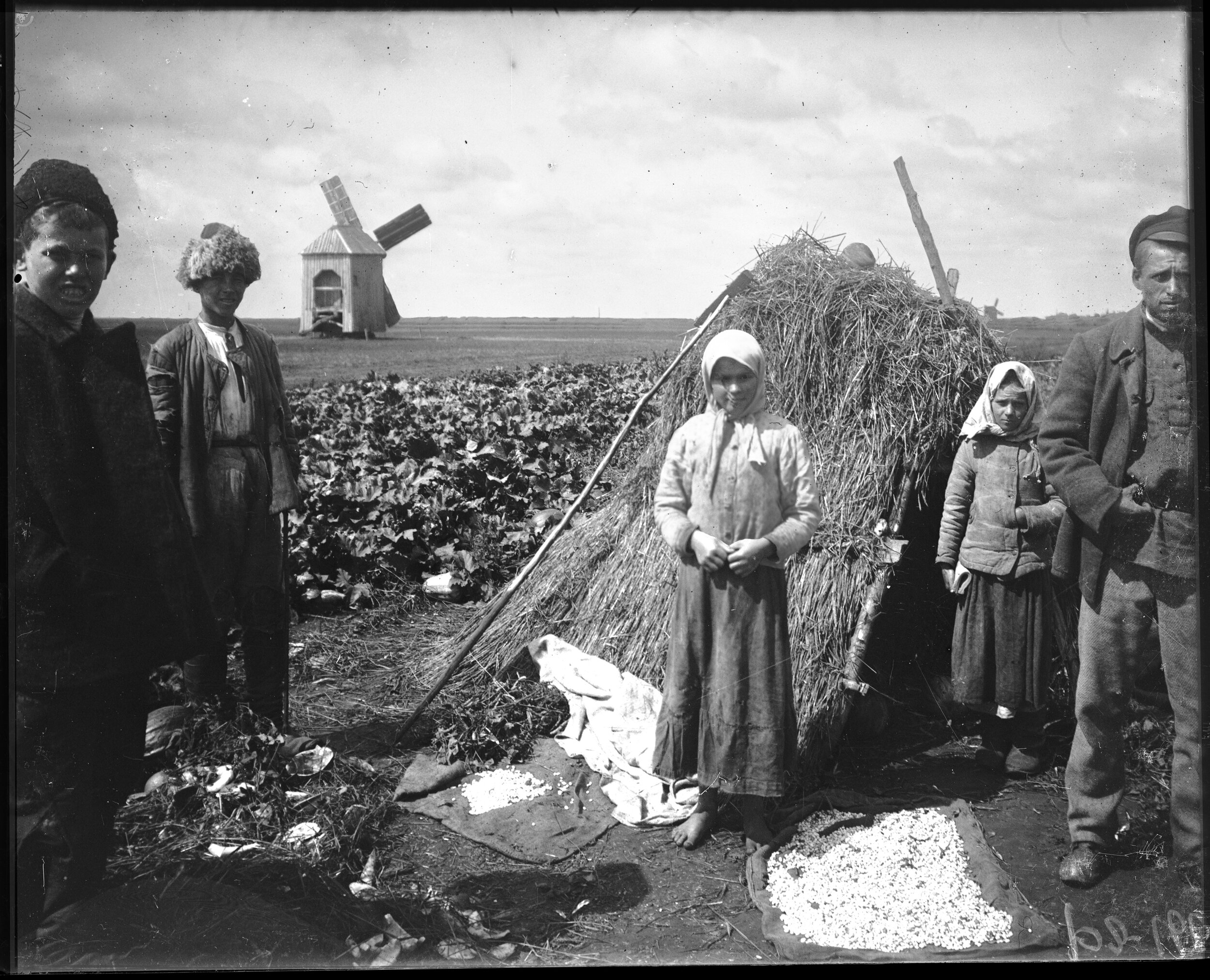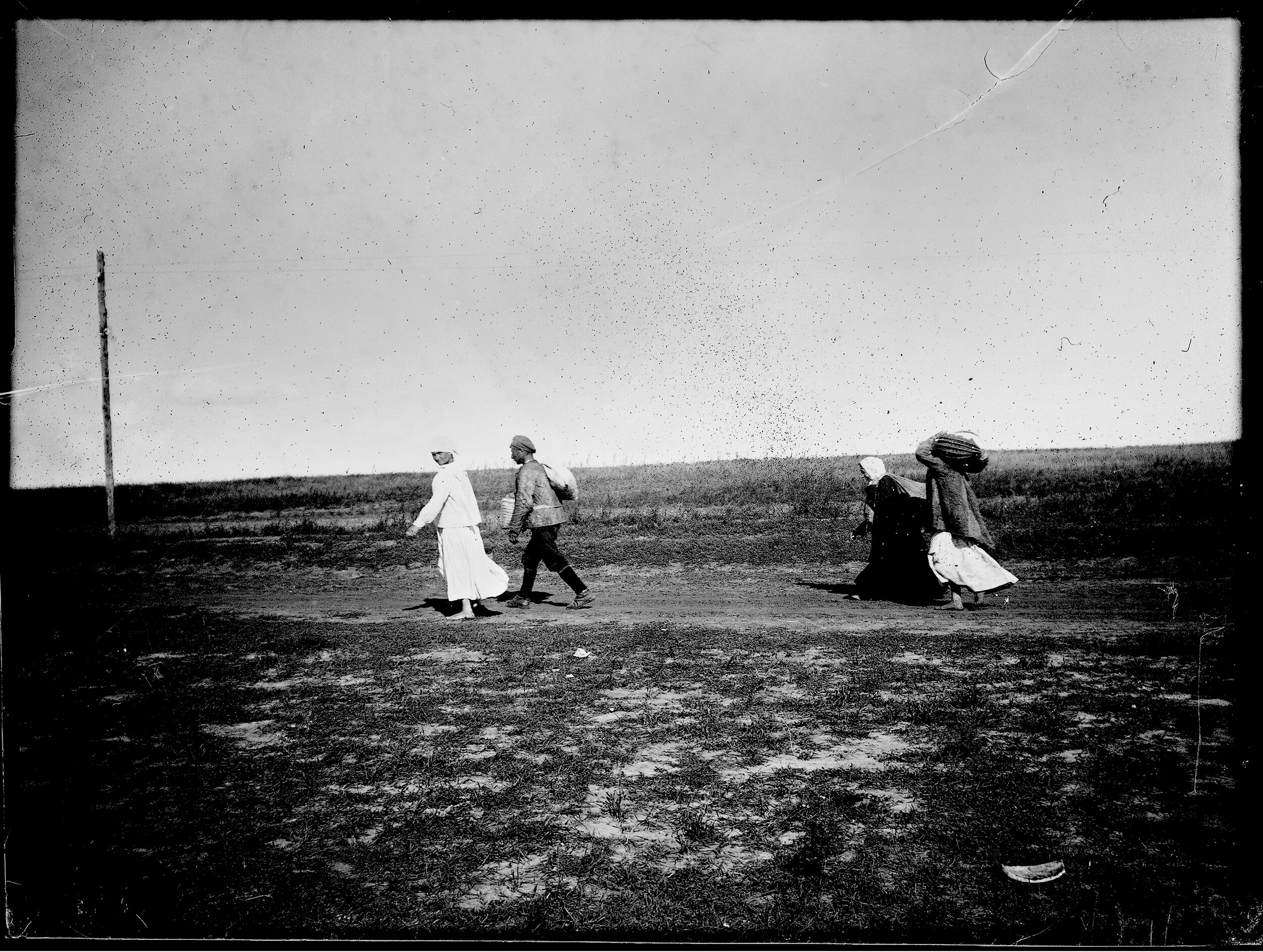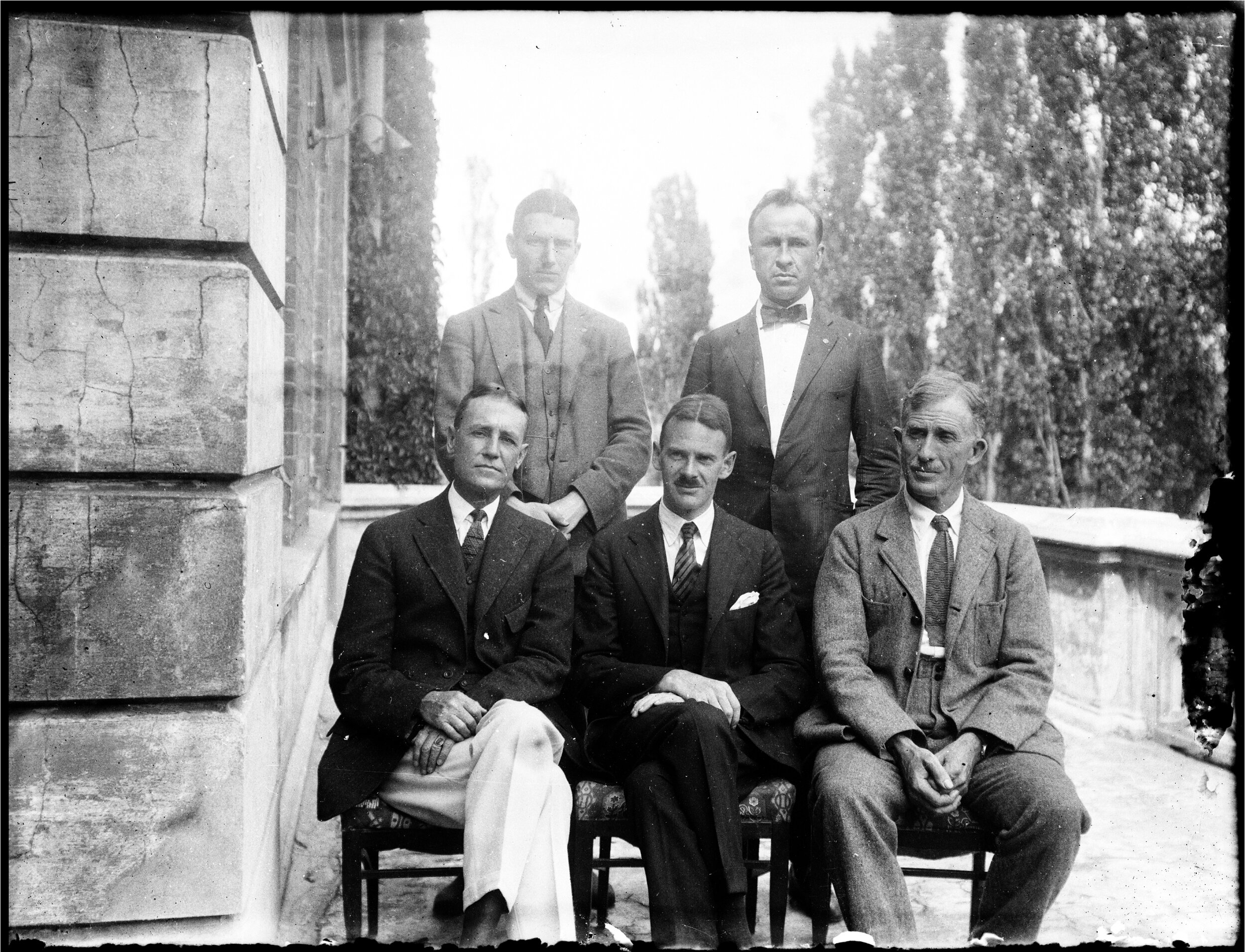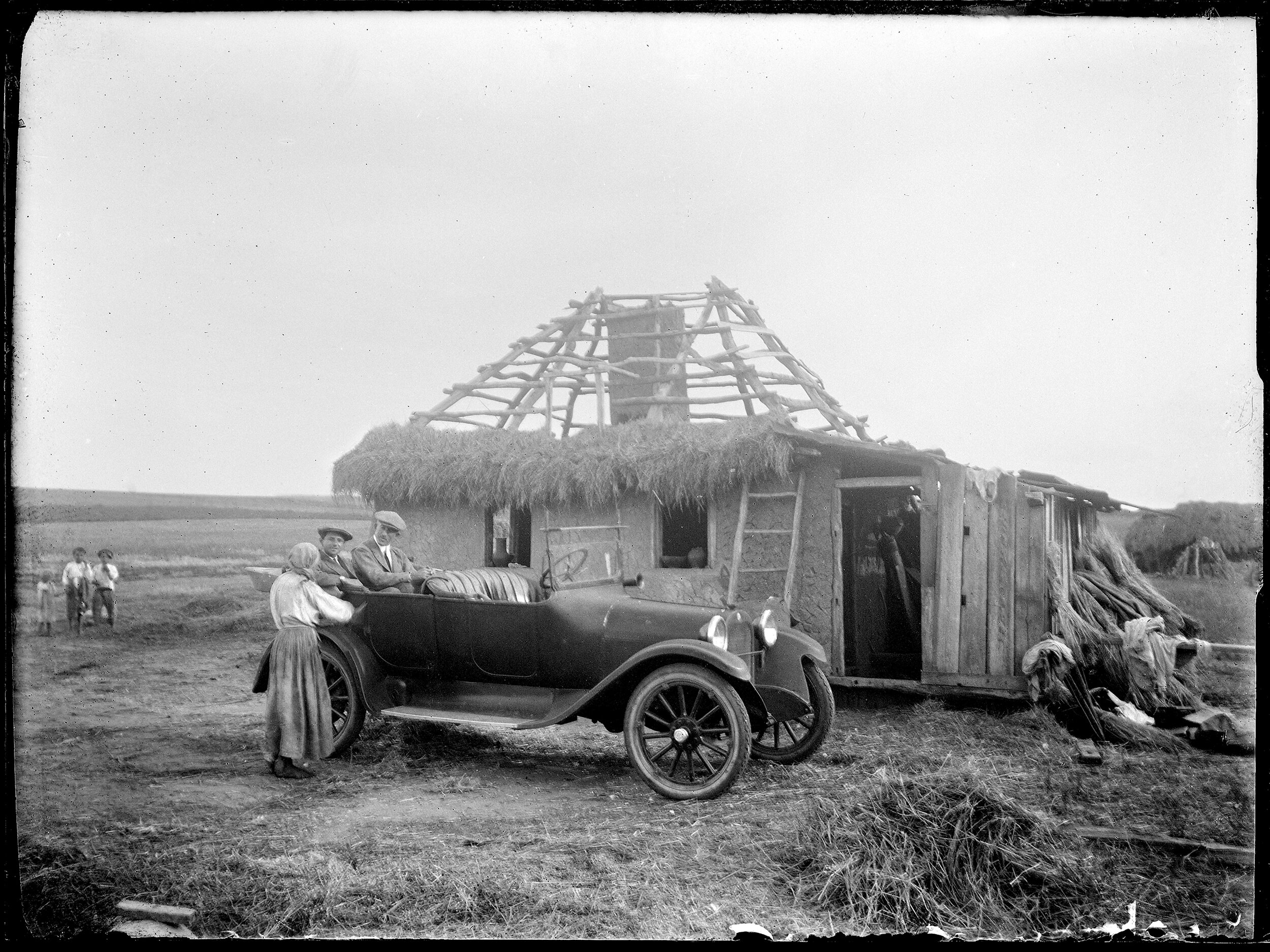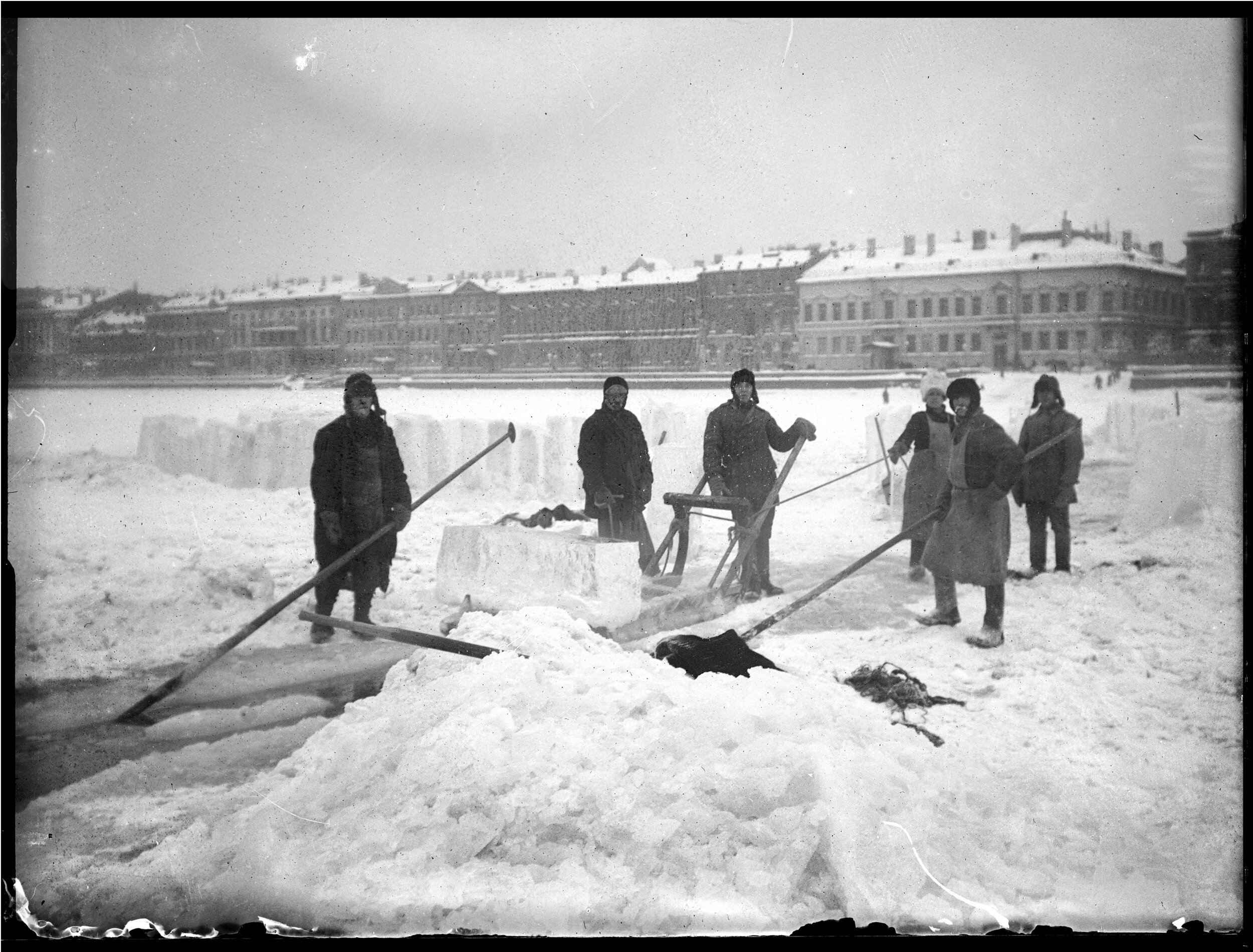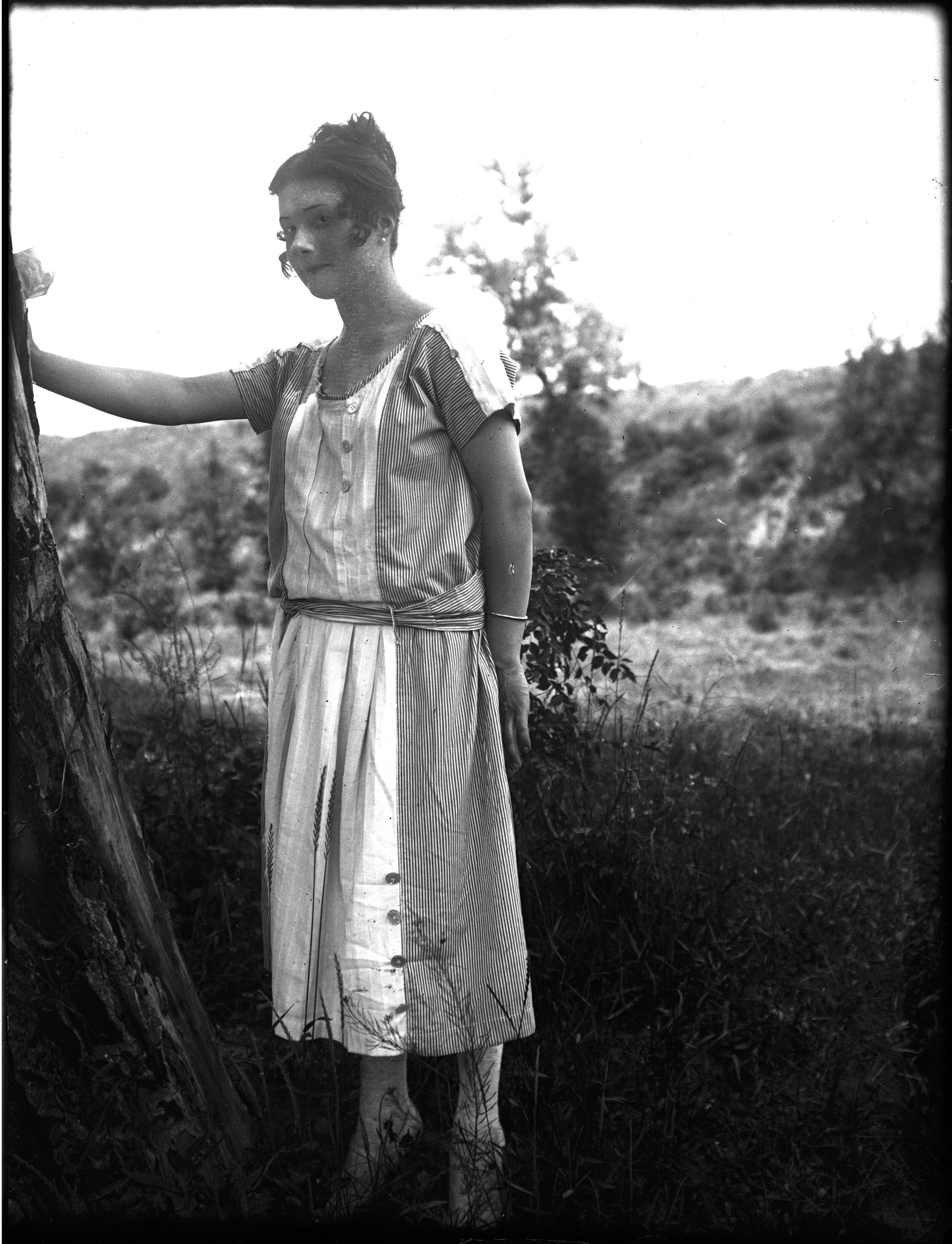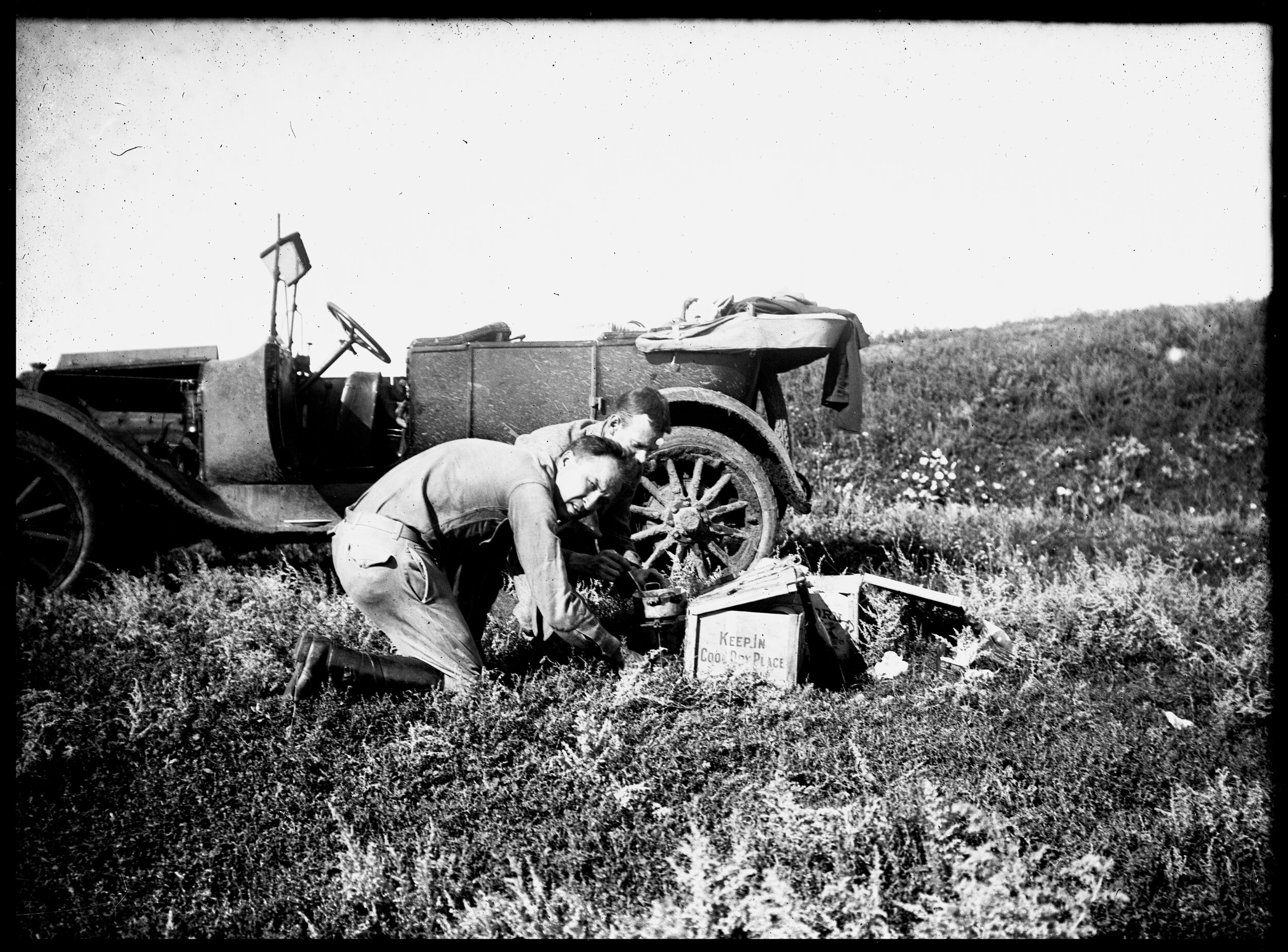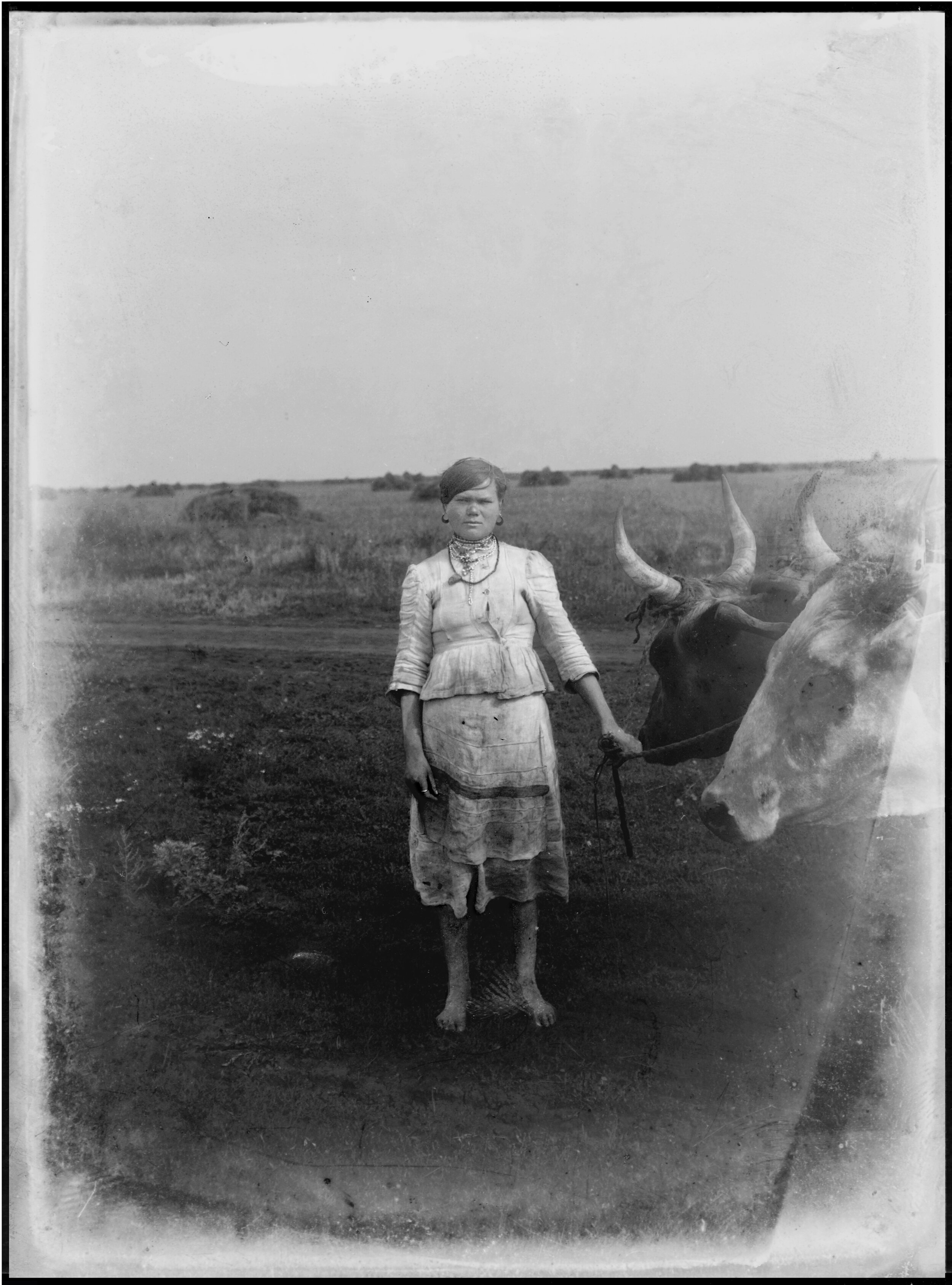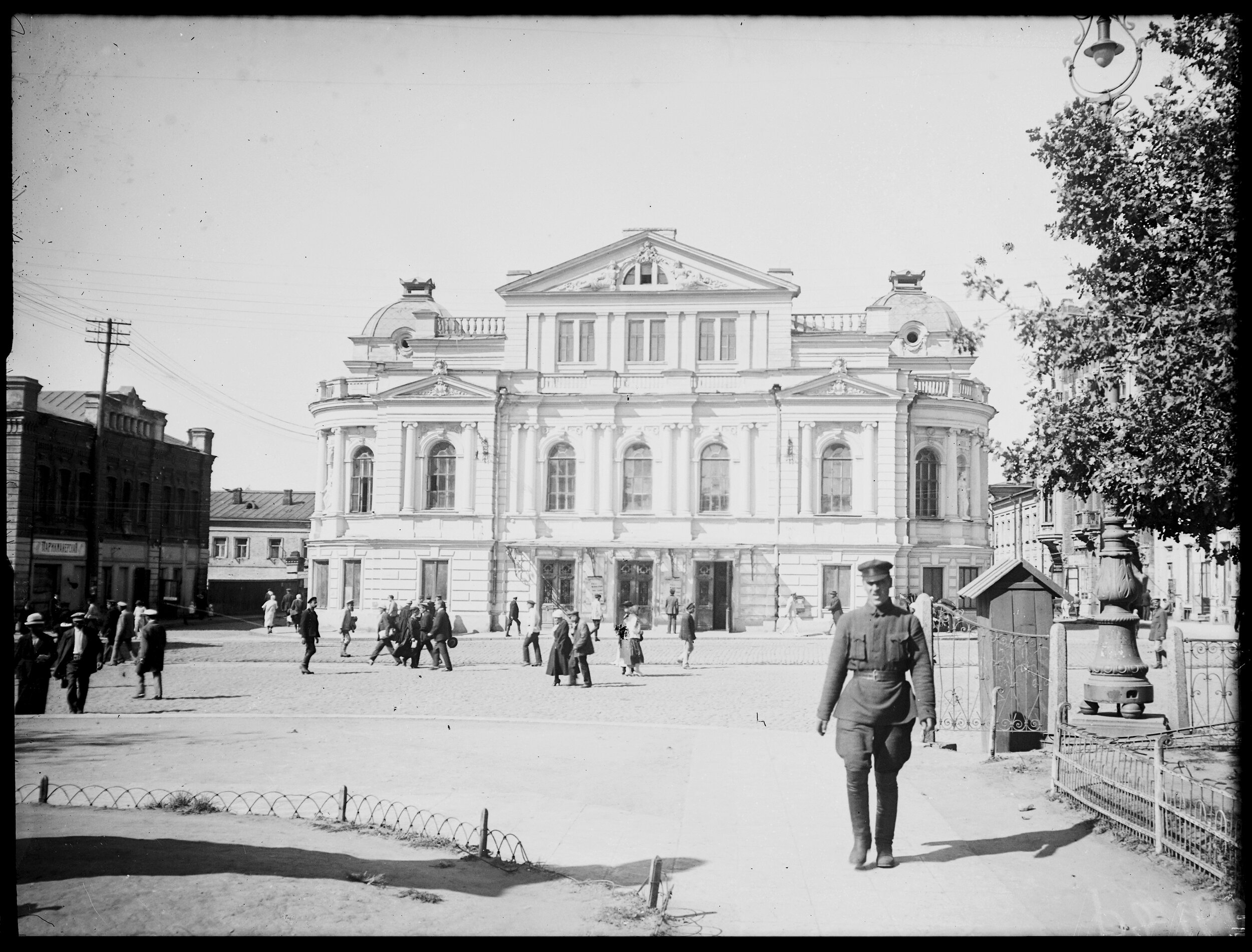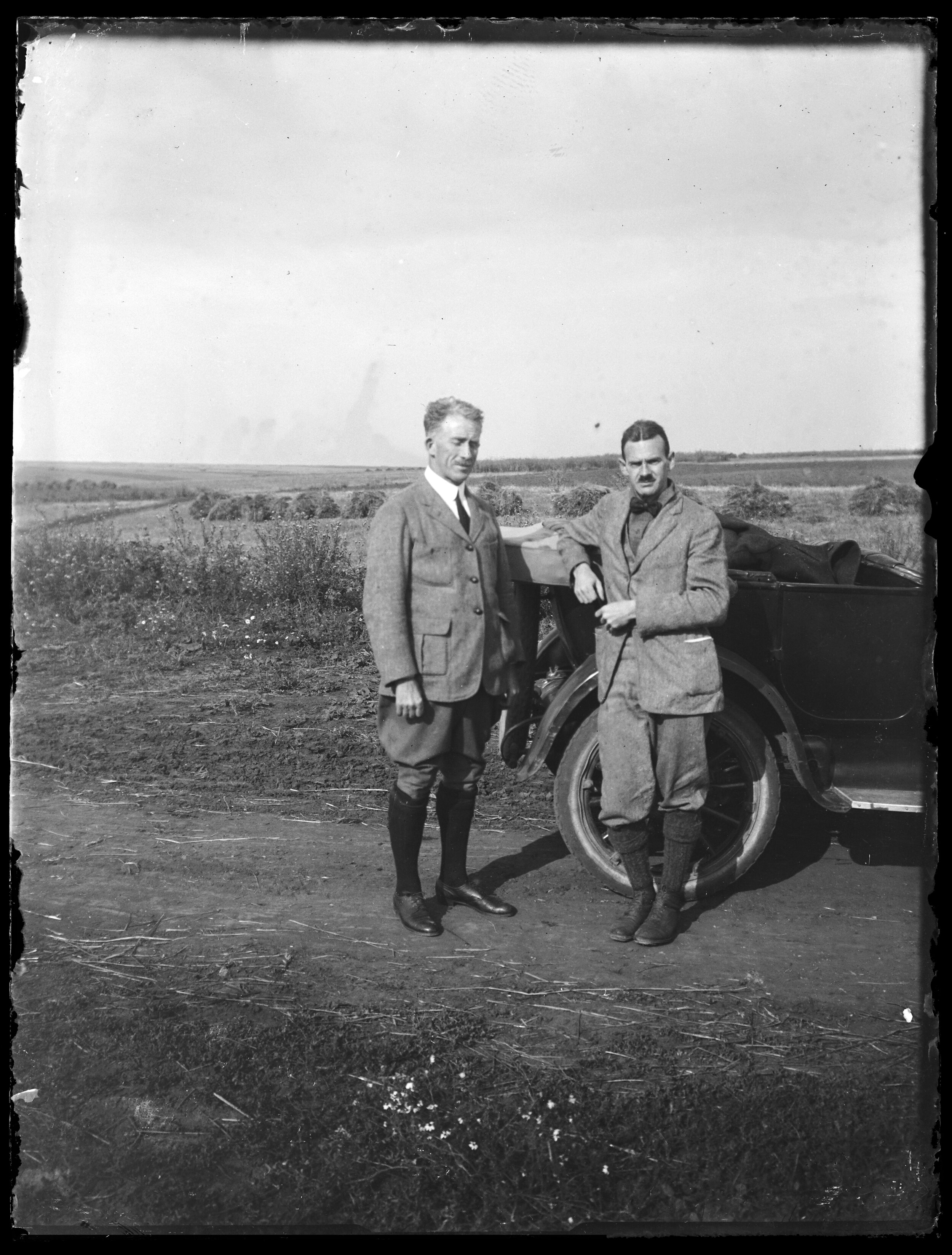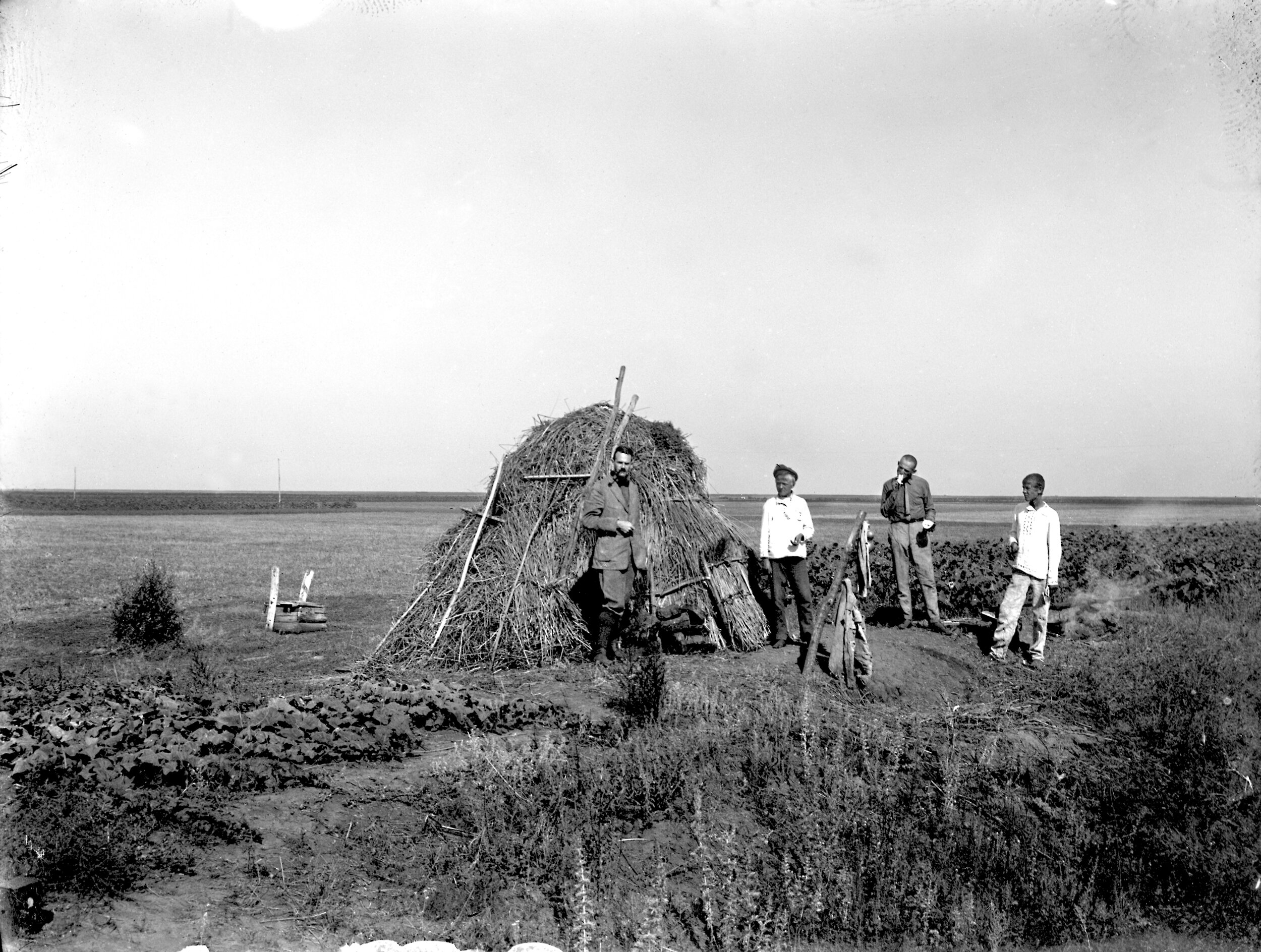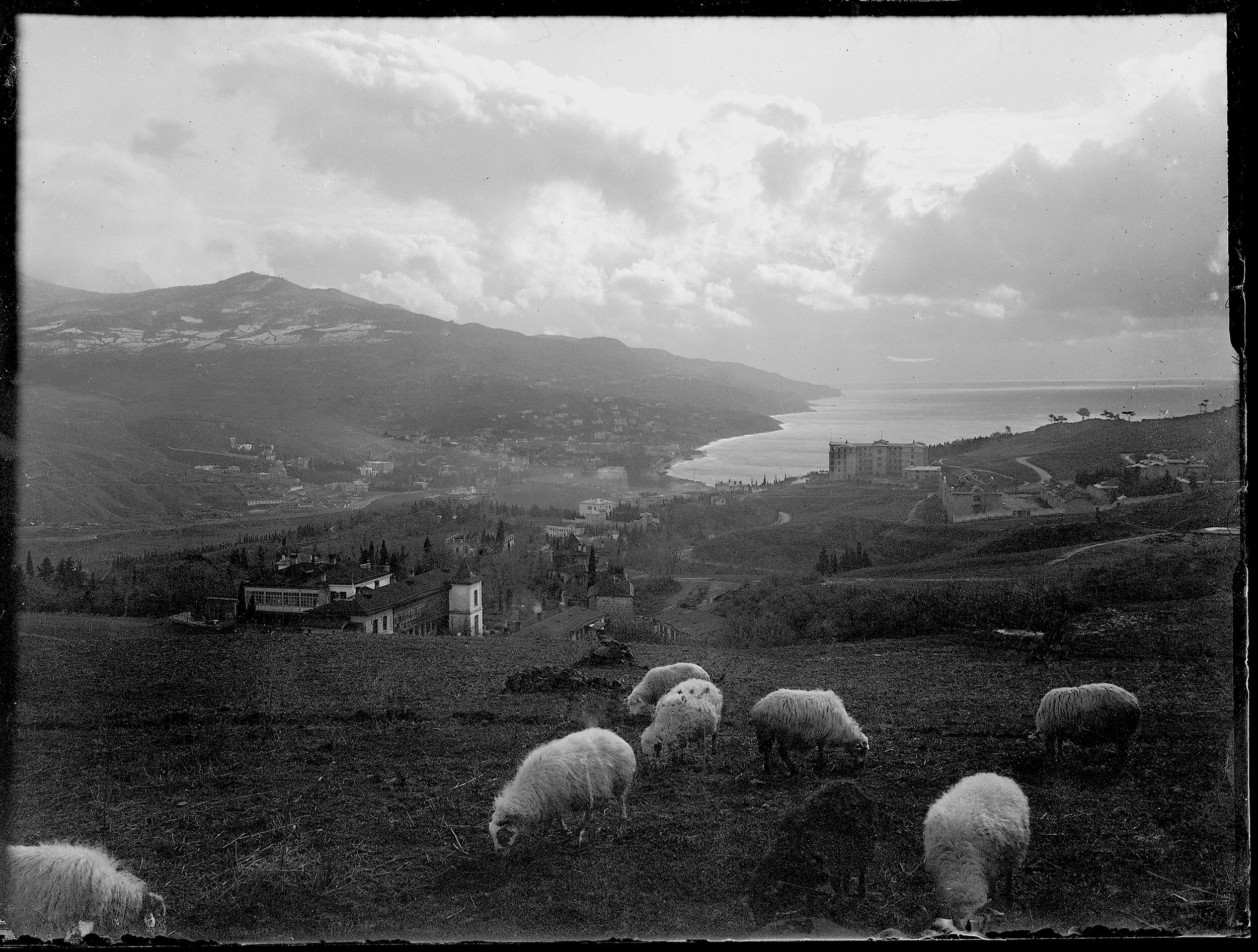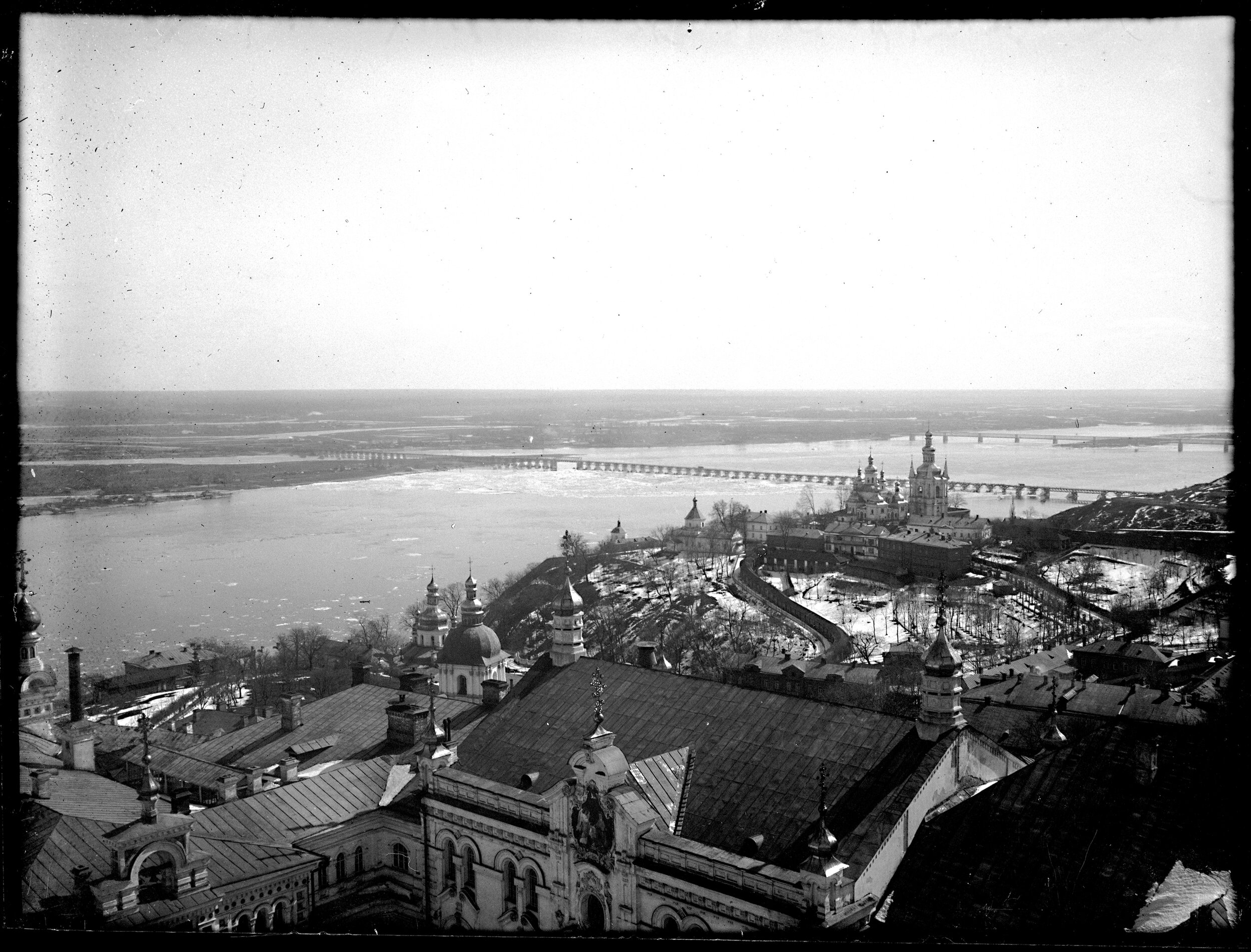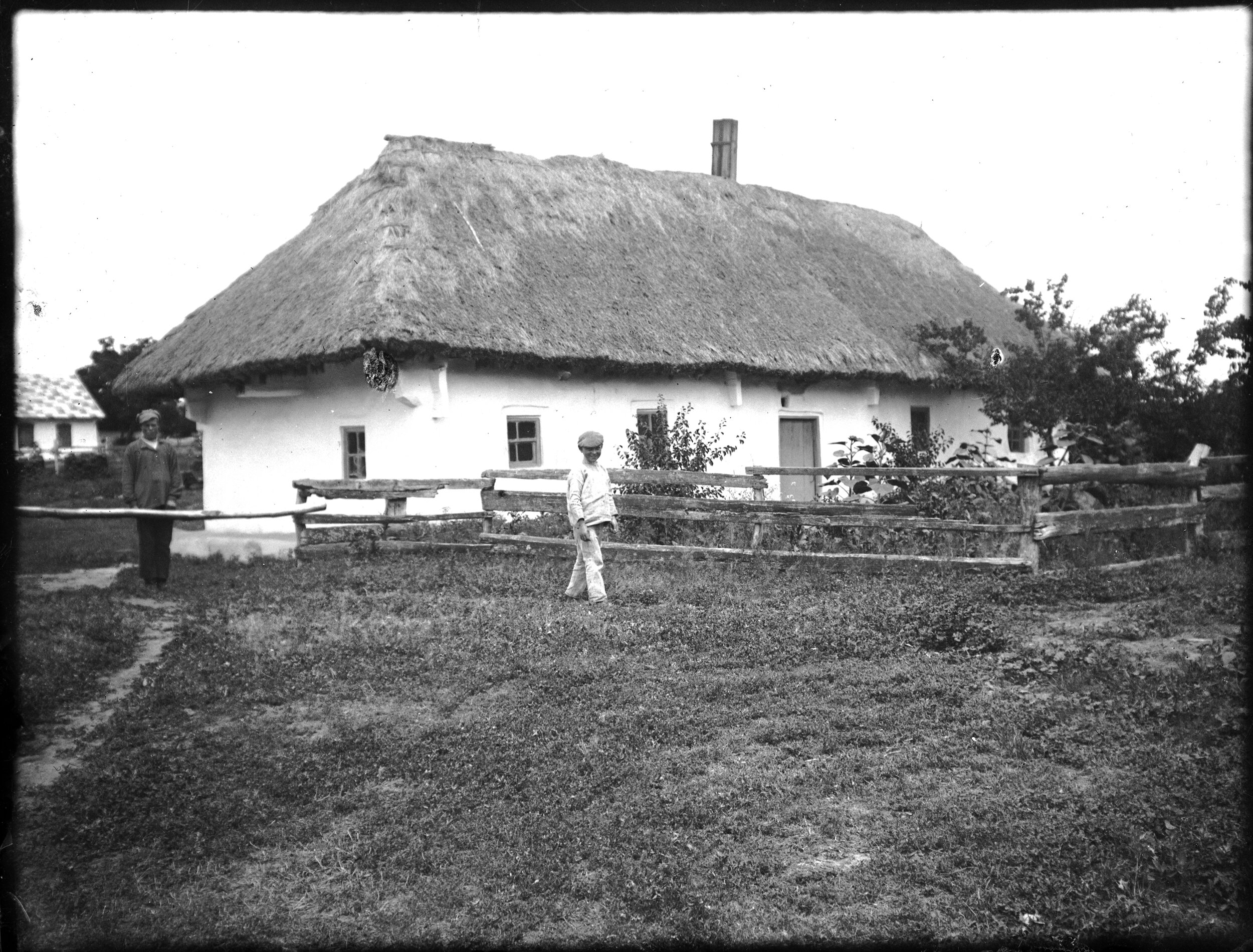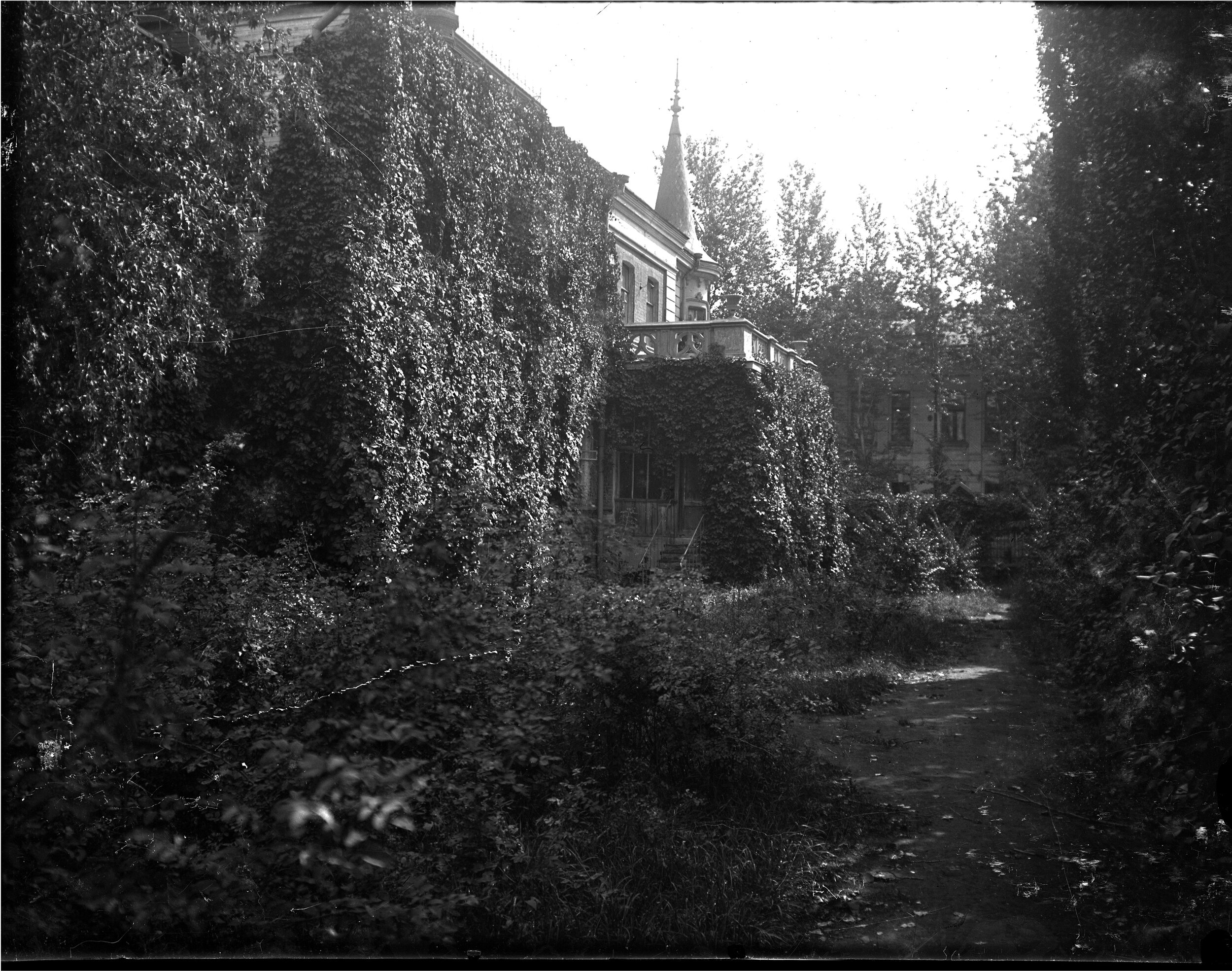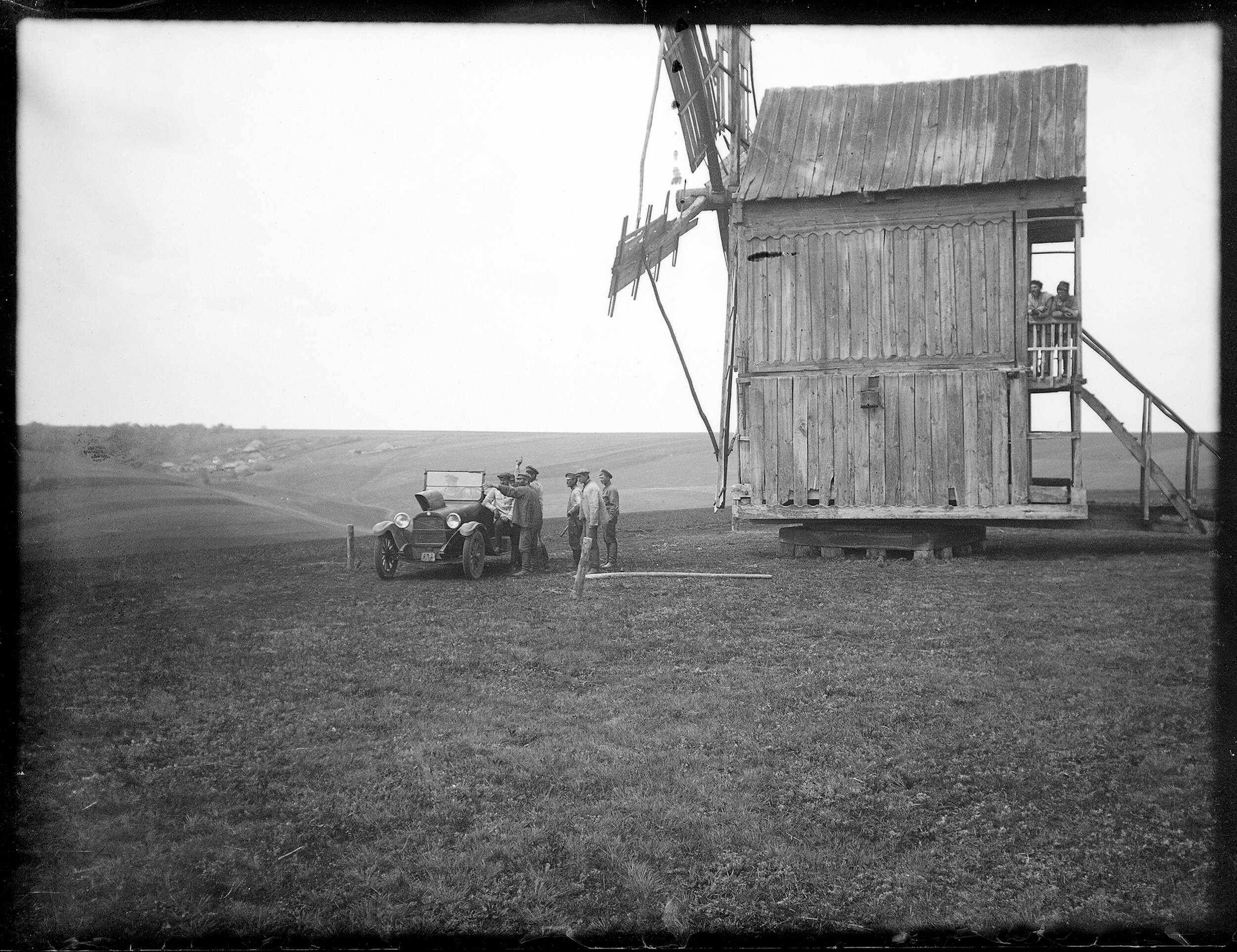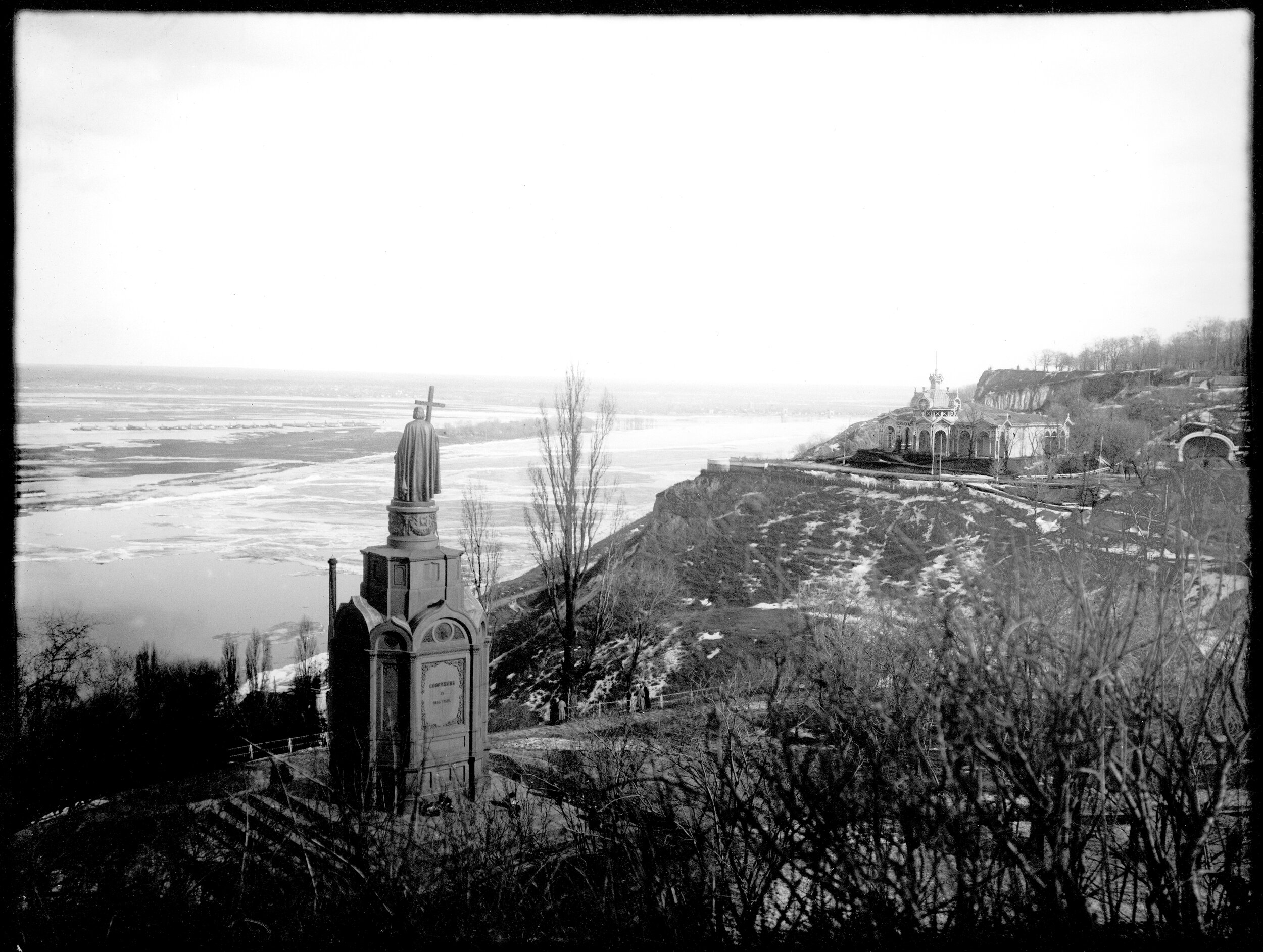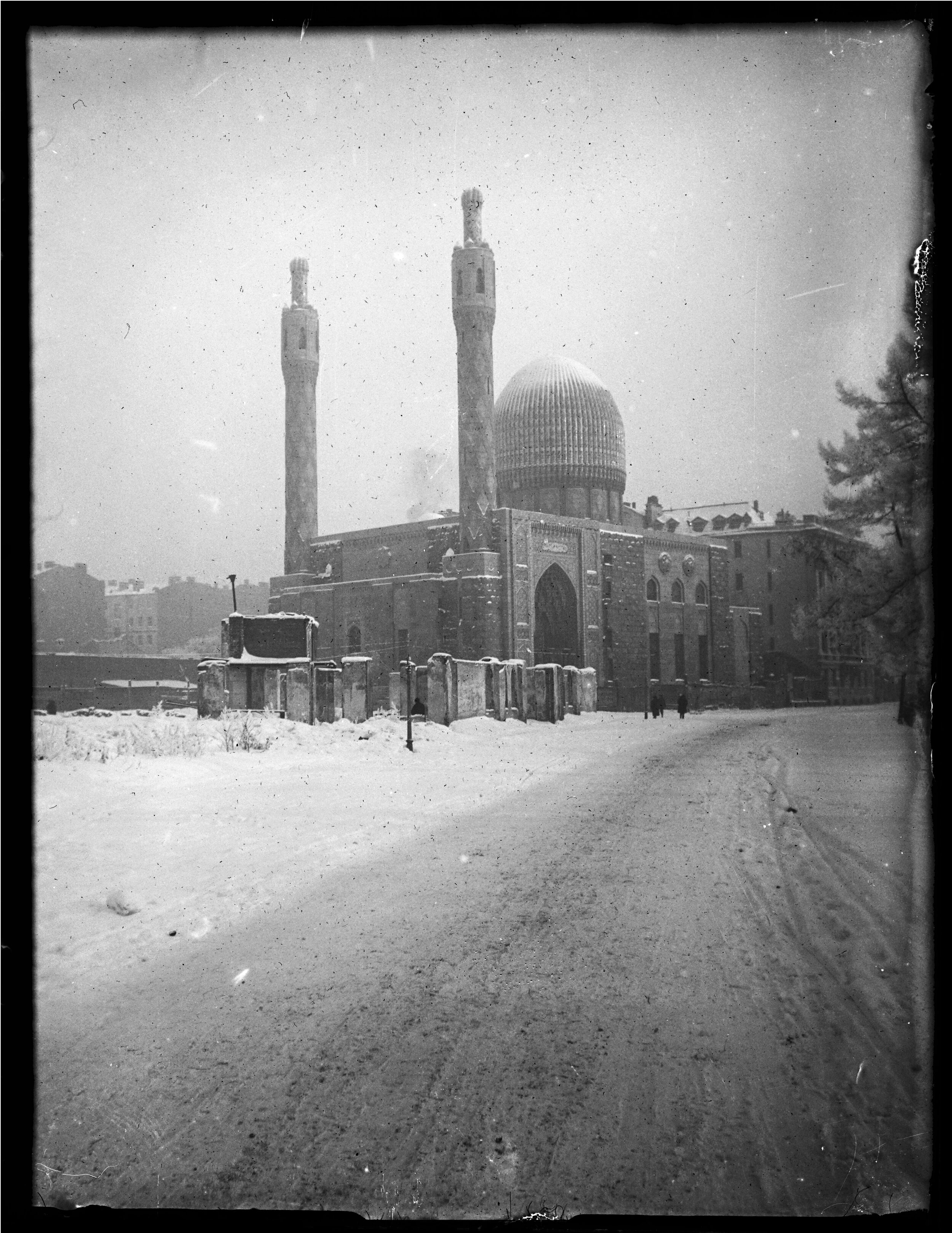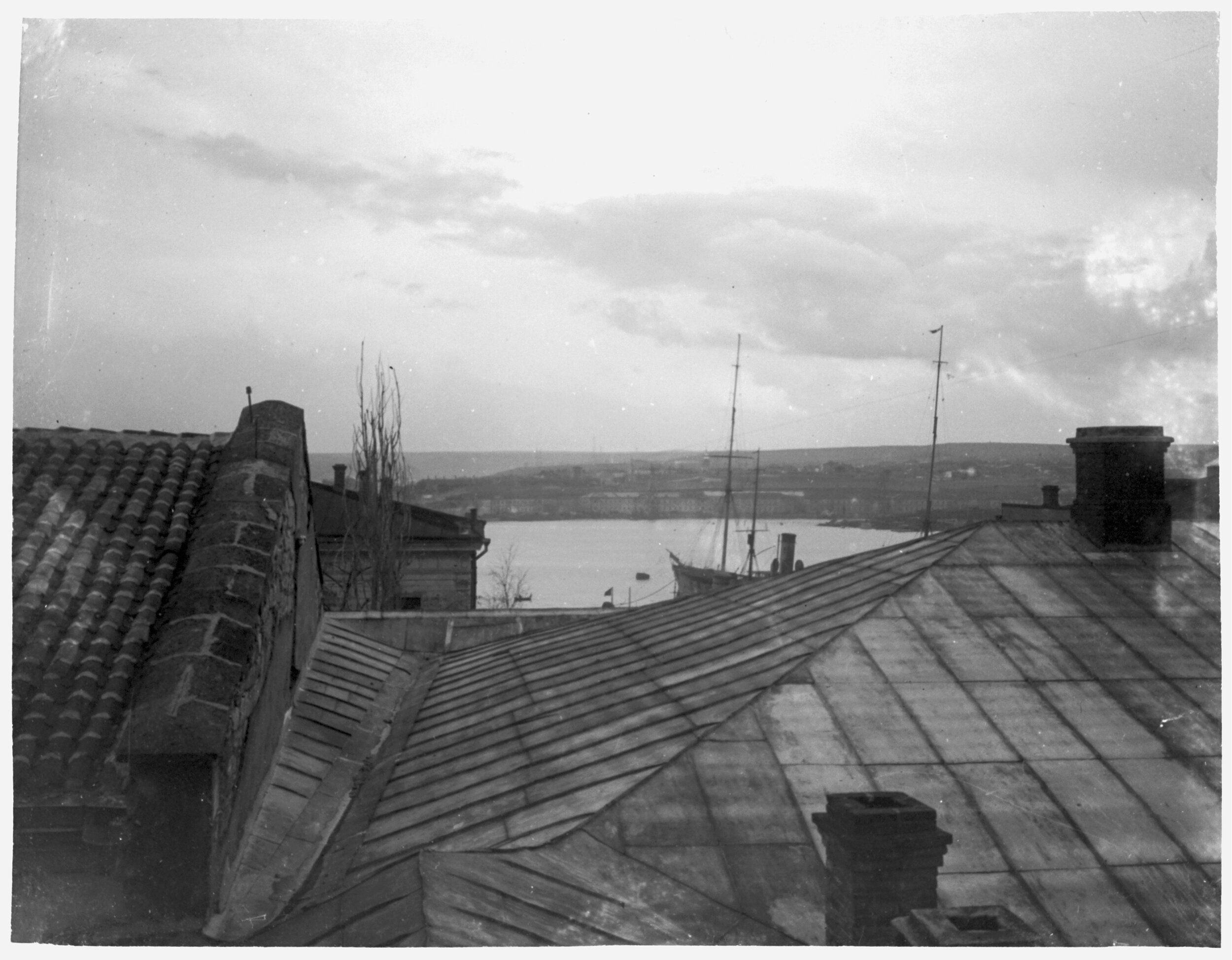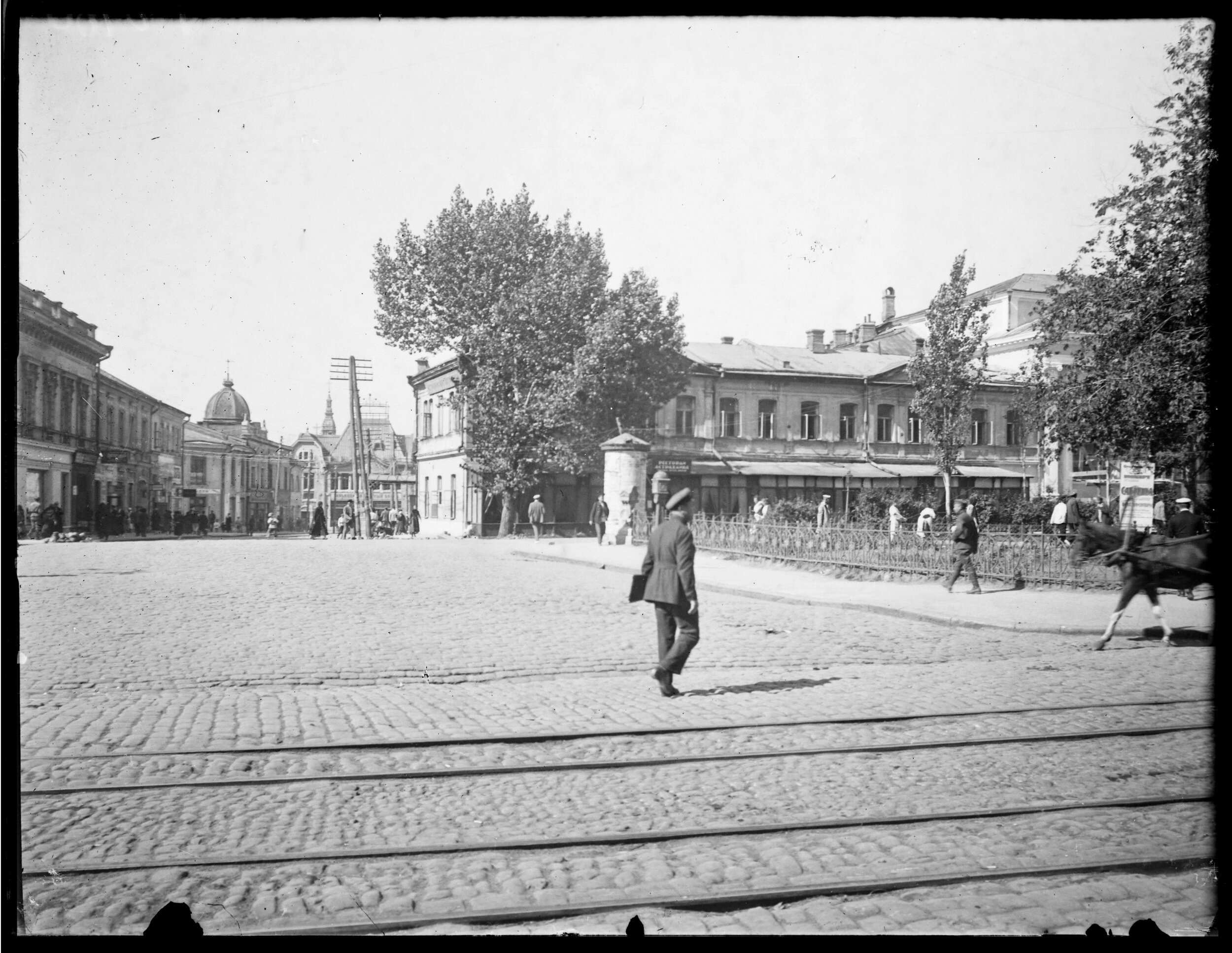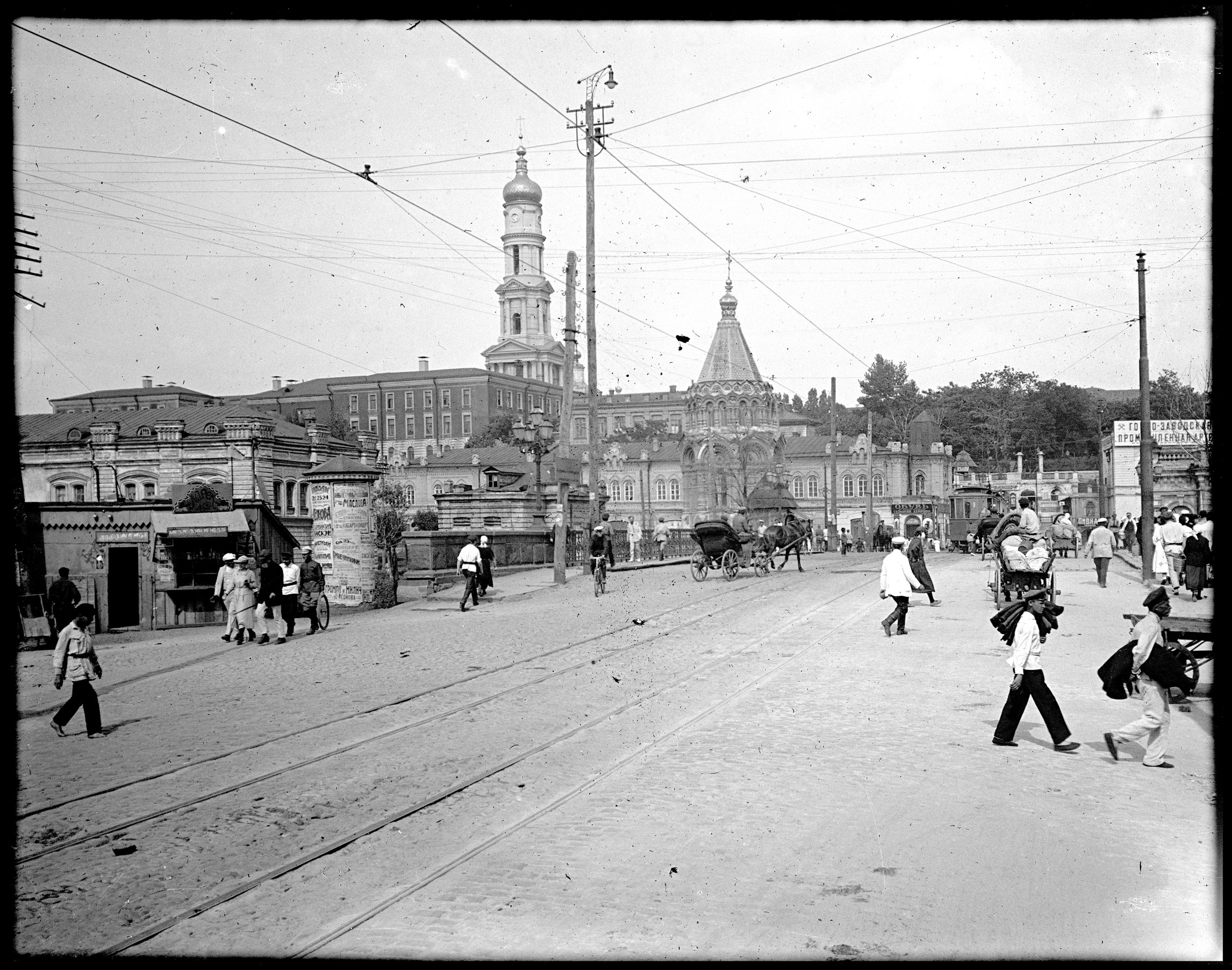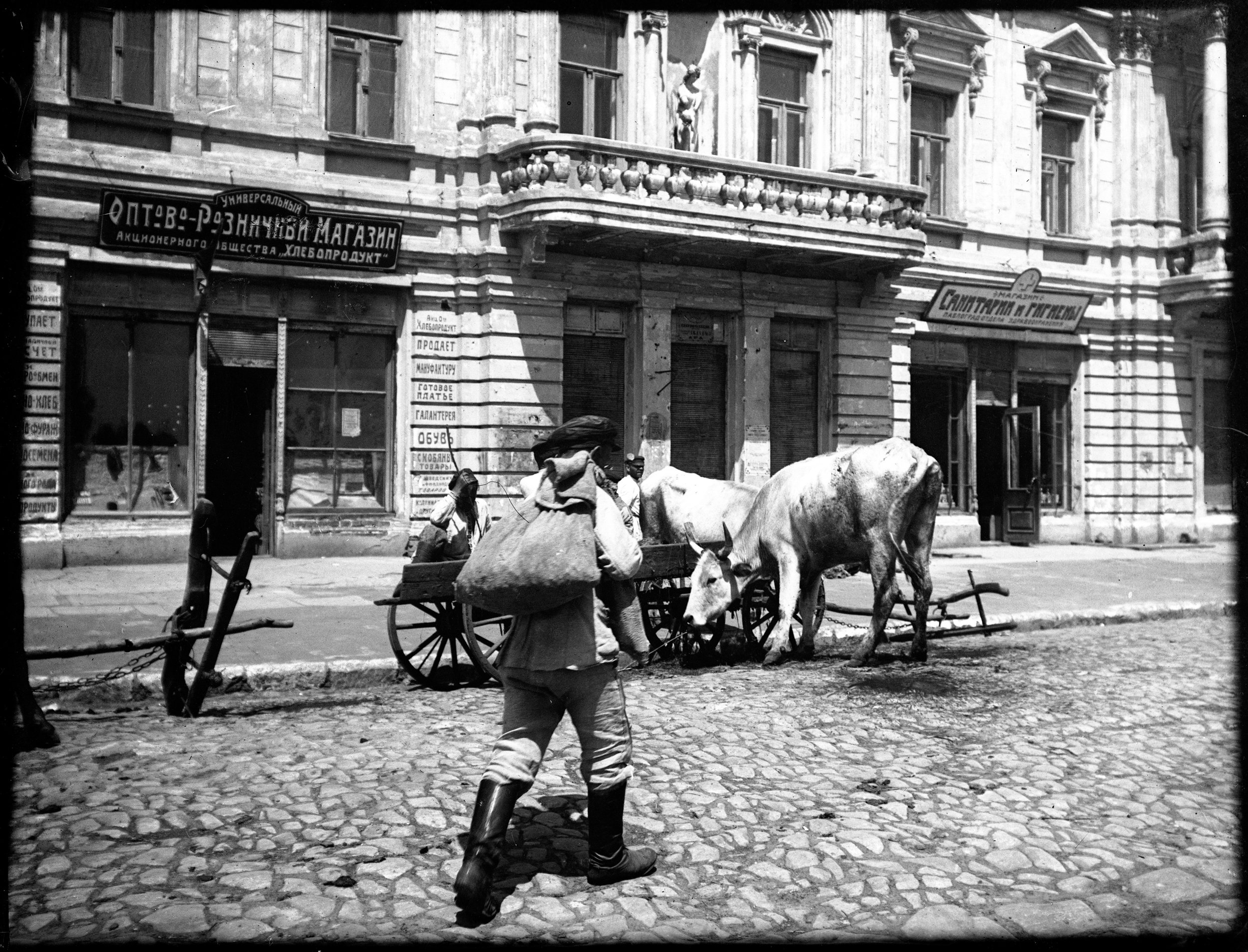Ukrainian-Crimean Collection 1921-1922
Inaugural exhibit to support families affected by the ongoing conflict in Ukraine.
Russia, under Putin, began its invasion of Ukraine on February 24, 2022. As of December 2023, approximately 30 million border crossings have been recorded, most fleeing to neighboring Poland. More than 6.3 million refugees have left Ukraine for Europe, with an additional 8 million others displaced within Ukraine. These figures include more than half of all Ukrainian children. Schools, hospitals, and civilian shelters have all come under fire from Russian artillery and drone strikes. The current humanitarian crisis in Ukraine has deep historical roots, including the famous Holodomor, a genocidal campaign of forced mass starvation perpetrated by Stalin in the 1930s. But the real origin of today’s war dates back to when the nascent republic of Ukraine was co-opted and absorbed into the newly established Soviet Union, which forcibly held it as a puppet state between 1922 and 1991.
Ukraine’s historical past provides us with valuable insight on their resoluteness to survive despite challenges and threats from Russia. In July of 1921, in the aftermath of civil war and in the midst of a drought, Russian writer Maxim Gorky wrote a letter to the capitalist West. His appeal announced a crop failure threatening the lives of millions of Soviets: “Gloomy days have come for the country of Tolstoy, Dostoevsky, Mendeleev, Pavlov, Mussorgsky, Glinka...I venture to trust that the cultured European and American people, understanding the tragedy of the Russian people, will immediately succor with bread and medicines.” The gloomy days were unprecedented in scope: millions of Soviet citizens were dying of malnutrition, starvation, and hunger-related epidemics.
Herbert Hoover, then chairman of the American Relief Administration and famous anti-Bolshevik, responded to Gorky’s call. After a negotiation made tricky by Soviet suspicions of Hoover’s political motives and the US’s refusal to recognize the Soviet government, Hoover sent nearly 300 Americans to famine zones to organize food kitchens and food package delivery systems. By the summer of 1922, the American Relief Administration was feeding 11 million people every day.
Histories of the ARA are often dramatically illustrated with visibly, painfully hungry children. But the impeccably composed snapshots from 1922 in Soviet Russia (Ukraine) don’t thump so loudly. Like most of the photographic collections from ARA missions, there are primarily candid scenes and a few posed portraits of American and local staff, in Ukraine and Crimea. The camera so often seems to be interrupting—a job half done, a walk on a dusty steppe, a group waiting for a meal, strictly rationed. Looking at these photographs, we can imagine friendships and gossip and daily frustrations, alongside a devastating hunger.
In 2013 AIRSpace Gallery received a donation of 40 original glass plate negatives taken by an unknown photographer traveling with members of the ARA through Ukraine and Crimea in 1922. What their connection was to ARA staff is unknown. The collection of photographs were exhibited at the Augusta Savage Gallery at the University of Massachusetts, Amherst in 2017, titled Soviet Russia in Black and White, curated by Jocelyn Edens. The collection of negatives were scanned and printed revealing their state of deterioration (rather than cleaning and restoring them). The negatives, now 100 years old, are a testament to those who preserve documents and records, that we may learn and remember lessons from our collective past. Though the photographs are reminiscent of early European photographers (André Kertész, Josef Sudek landscapes) they are by no means fine art photographs, rather, historical footnotes of an embattled nation rising from the ashes of Post World War I.
We believe it is important to make archival reproductions available to everyone, and at reasonable prices, with proceeds from sales donated to UNICEF. There are many ways we can help everyone affected during these critical times. An image from the Ukrainian collection will remind us of this pivotal time, and to never forget.
All Photographs from the Ukrainian-Crimean Collection are Copyright 2014, Archival Matters, Inc.
Jocelyn Edens, Guest Curator
Exhibit, Soviet Russia in Black and White, 2017
Augusta Savage Gallery, University of Massachusetts, Amherst

